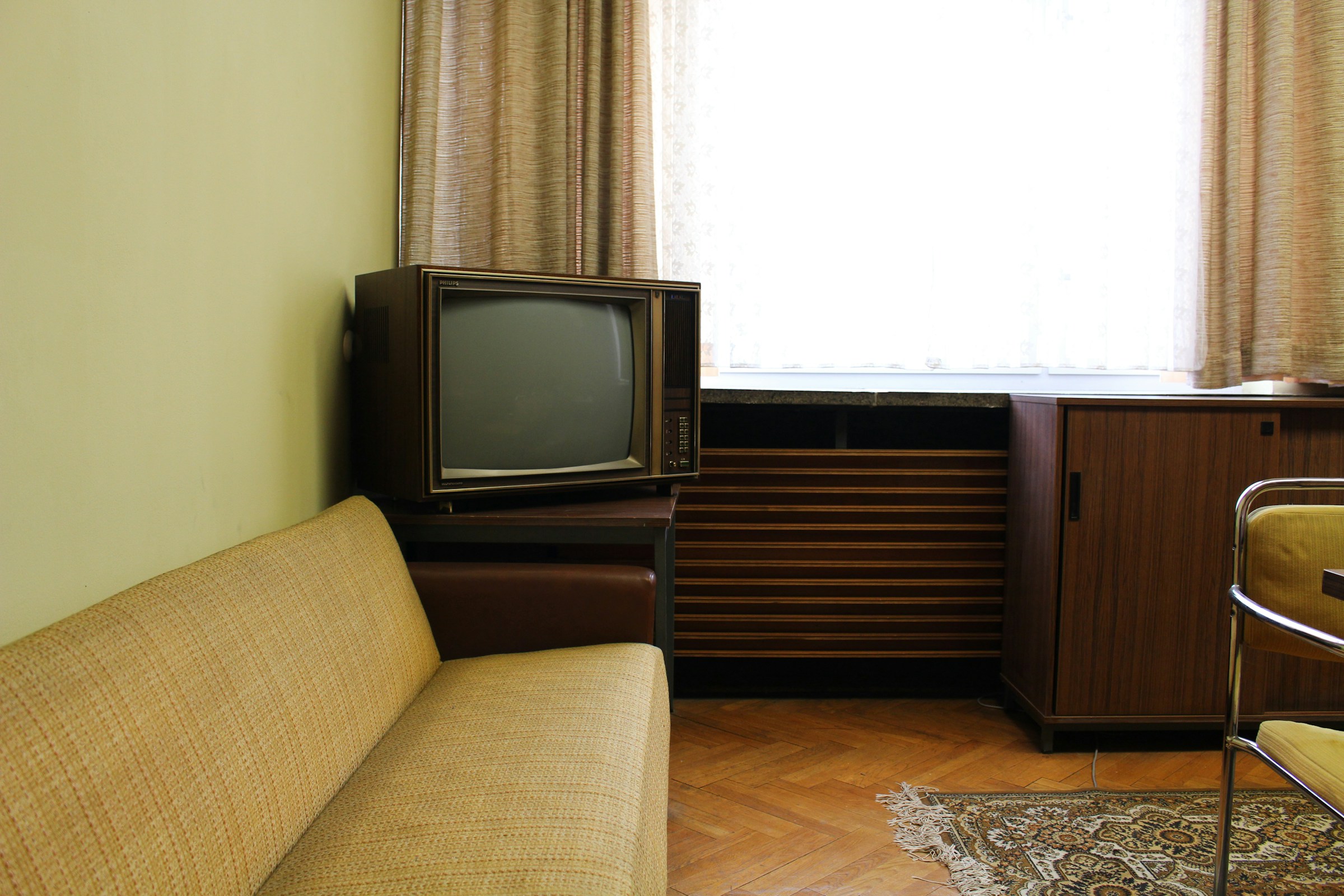In the hustle and bustle of relocating, it’s easy to overlook the potential health hazards that may lurk in your new home. One such menace is old carpets, which can harbour a multitude of allergens, such as dust mites, mold, and other particulates, triggering allergies and asthma symptoms. If you’re planning a move in the UK and the house you’re moving into has old carpets, consider the following strategies to manage potential allergies and sensitivities.
Unveiling the Allergen Menace in Carpets
Carpets, especially older ones, can be a breeding ground for various allergens. Dust mites, tiny microscopic creatures that thrive in warm, humid environments, find their perfect habitat in the fibres of carpets. These mites feed off the human skin flakes that people shed each day, which collect in the dense fabric of carpets. Their droppings and dead bodies, when inhaled or come into contact with the skin, can trigger allergic reactions.
En parallèle : Can you outline the steps to secure sensitive legal documents during a UK home move?
The allergen load isn’t just limited to mites. Carpets can also harbour mold spores, particularly in damp conditions. Mold allergies can cause havoc to your health, leading to symptoms such as sneezing, itching, and even asthma attacks.
According to a study published on PubMed, indoor carpeting can contain up to 100 times more allergens than hard flooring. This makes sense, given the carpet’s ability to trap allergens and the difficulty of completely removing them through regular vacuuming or cleaning.
A lire aussi : What are the best strategies for moving between the UK’s islands, such as from mainland to Isle of Man?
Recognising the Symptoms of Allergen Exposure
It’s crucial to recognise the symptoms of allergen exposure to take prompt action. Allergies caused by dust mites and mold can present a variety of symptoms, some of which might seem common or innocent at first glance.
Sneezing, one of the most common reactions to allergens, is often dismissed as a slight cold or a reaction to a sudden change in temperature. However, consistent, unexplained sneezing could be a sign of an allergic reaction.
Other symptoms include a runny or stuffy nose, itchy or watery eyes, and an itchy throat. In severe cases, exposure to allergens can also cause difficulty in breathing or wheezing, particularly in individuals with asthma.
Regular or prolonged exposure to allergens can also lead to eczema, characterised by red, itchy skin. If you or your family members start experiencing these symptoms after moving into a house with old carpets, you might be dealing with an allergen problem.
Dealing with the Allergen Problem in Your New Home
Managing allergens in a house with old carpets may seem like a daunting task, but rest assured, it’s entirely achievable. The first step is to consider hiring professional carpet cleaners before moving in. They have the equipment and experience to deep clean carpets, removing a significant amount of allergens.
Alternatively, you may want to consider revamping your new home by removing the old carpets and replacing them with allergen-friendly flooring options, such as hardwood, linoleum, or tiles.
If removing the carpets isn’t an option, consider using a high-efficiency particulate air (HEPA) vacuum cleaner. HEPA filters can trap a large amount of very small particles that other vacuum cleaners leave behind.
Utilising Technology for Allergen Management
Today’s digital world offers a range of technological solutions to aid in allergen management. For instance, smart home devices like air purifiers can help reduce the concentration of airborne allergens. Some of these devices offer real-time air quality monitoring and can be controlled via smartphone apps, making them a practical solution for managing indoor air quality.
Additionally, several smartphone apps can help you track and manage your allergy symptoms. For instance, Google’s symptom tracker can help you identify patterns in your symptoms and their possible triggers.
Moreover, it’s worthwhile to regularly check online platforms such as the Met Office or the National Pollen and Aerobiology Research Unit for pollen forecasts and allergy advice.
Consulting Healthcare Professionals
Last but not least, don’t forget to seek professional medical advice. If you or your family members are experiencing symptoms of allergies or asthma, a healthcare professional can provide you with appropriate treatments and guidance.
Remember, managing allergens is crucial for maintaining good indoor air quality and ensuring the health of your family. So, while moving into a house with old carpets can present challenges, with the right approach and resources, it’s possible to create a safe and comfortable living environment.
Expert Advice on Allergen Management
Seeking expert advice for allergen management could be the difference between a comfortable or a miserable living experience in your new home. Firstly, conduct a preliminary assessment of your new house, paying special attention to the old carpets. If you can, enlist the help of an indoor air quality expert or an allergist.
These professionals can conduct an allergen test, identifying specific allergens like dust mites or mould spores present in your carpets. A study from PubMed and Google Scholar reports that these allergens are associated with allergic reactions like sneezing, itching, and in severe cases, asthma attacks.
After identifying the allergen sources, your expert might recommend treatments like dust mite covers for your furniture, dehumidifiers to control the humidity levels, or air purifiers to improve the indoor air quality. The PMC Free Article on ‘The Effect of Indoor Air Quality on Allergen Levels’ suggests that managing indoor humidity and ventilation can significantly reduce allergen levels.
Remember that self-diagnosis or treating symptoms without professional advice can lead to inadequate relief from allergies. It’s always advisable to consult with professionals who deal with allergen management.
Conclusion
The prospect of moving house is exciting, but when old carpets are involved, it’s essential to be mindful of the potential allergen menace. Recognising the symptoms of allergen exposure early can help you respond effectively and ensure your new home is a healthy and comfortable environment.
Dealing with allergens in your new home involves a holistic approach, including professional cleaning, possible carpet replacement, utilising technology, and seeking expert advice. While you can find a wealth of helpful information and allergen management tips online, consulting healthcare professionals is crucial for a personalised approach.
It’s worth noting that allergen management is not a one-off task but a continuous process. Regular monitoring of indoor air quality and maintaining an allergy-friendly home will help keep allergic reactions at bay. After all, your family’s health and comfort should be the primary concern, making allergen management in your new home an essential part of house moving.
Remember, even though allergens like dust mite and mould spores are a common concern in houses with old carpets, with the right strategies and resources, you can manage them effectively. With careful planning and vigilance, you can enjoy your new home without the constant worry of allergy triggers. Keep a close eye on allergy forecasts and the latest research, like those available on PubMed and Google Scholar, and ensure that your new home is a safe haven, free from allergens.














